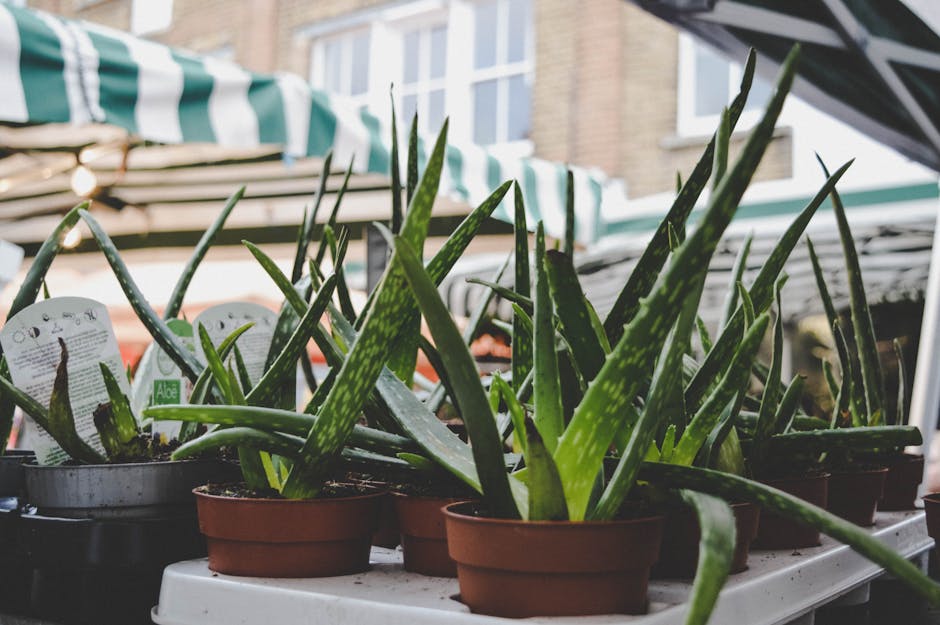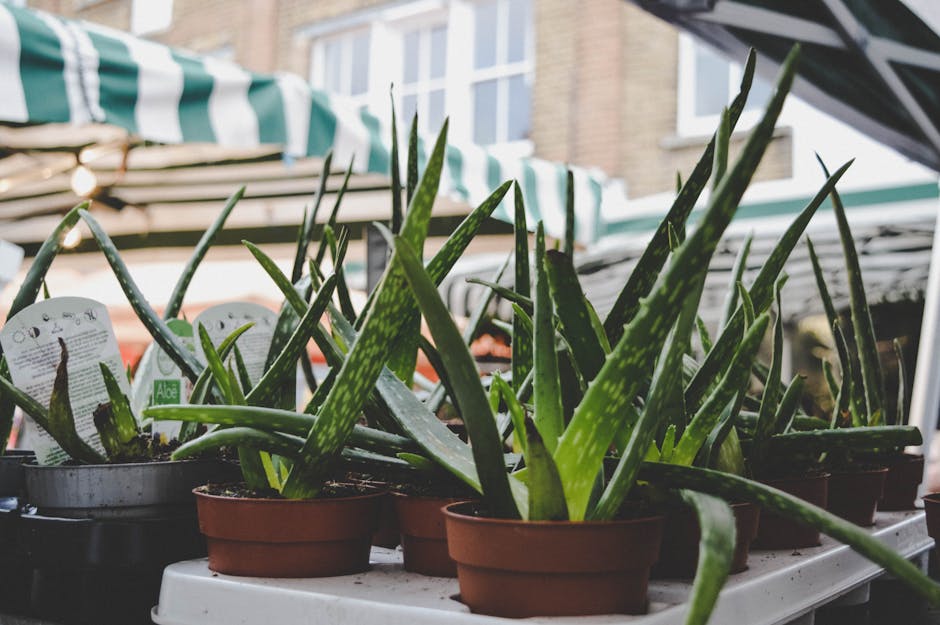A Comprehensive Guide to Aloe Vera Soil and Fertilizer: Maximizing Growth and Health

Aloe Vera, with its succulent leaves and medicinal properties, is a plant that has been cherished for centuries. It’s a hardy plant that can thrive in various conditions, but to truly maximize its growth and health, it’s essential to understand the best soil and fertilizer for Aloe Vera.
Aloe Vera plants are native to arid regions, which means they’re accustomed to sandy and well-draining soil. They don’t appreciate waterlogged roots, and too much moisture can lead to root rot, a common issue for these plants. Therefore, the first step in ensuring your Aloe Vera’s health is to provide it with the right soil. A well-draining cactus or succulent mix is ideal. These mixes often contain sand, perlite, or pumice, which help to improve drainage and mimic the natural soil conditions of Aloe Vera’s native habitat.
However, if you can’t find a cactus or succulent mix, you can create your own. A good homemade mix consists of one part potting soil, one part coarse sand, and one part perlite or pumice. This combination ensures that water drains quickly, preventing the roots from becoming waterlogged.
While the right soil is crucial, it’s only part of the equation. Aloe Vera plants also need the right nutrients to thrive, and that’s where fertilizer comes in. Despite their hardy nature, Aloe Vera plants can benefit from a little extra nutrition, especially during the growing season.
When it comes to fertilizing Aloe Vera, less is more. These plants are adapted to thrive in nutrient-poor soils, so they don’t need a lot of fertilizer. Over-fertilizing can lead to salt buildup in the soil, which can damage the plant’s roots. Therefore, it’s best to fertilize sparingly, only once or twice during the growing season (spring and summer).
A balanced, water-soluble fertilizer is a good choice for Aloe Vera. Look for a fertilizer with a balanced ratio of nitrogen, phosphorus, and potassium, such as a 10-10-10 or 20-20-20. These nutrients support overall plant health, promoting leaf growth and root development.
To apply the fertilizer, dilute it to half the recommended strength on the package. This reduces the risk of over-fertilizing and causing salt buildup. Water your Aloe Vera thoroughly before and after applying the fertilizer to help distribute the nutrients and prevent root burn.
In conclusion, the key to maximizing the growth and health of your Aloe Vera plant lies in understanding its native habitat and replicating those conditions as closely as possible. This means providing well-draining soil and a light touch with fertilizer. With these tips in mind, you can help your Aloe Vera thrive, ensuring it continues to grow and provide its soothing, medicinal benefits for years to come.

